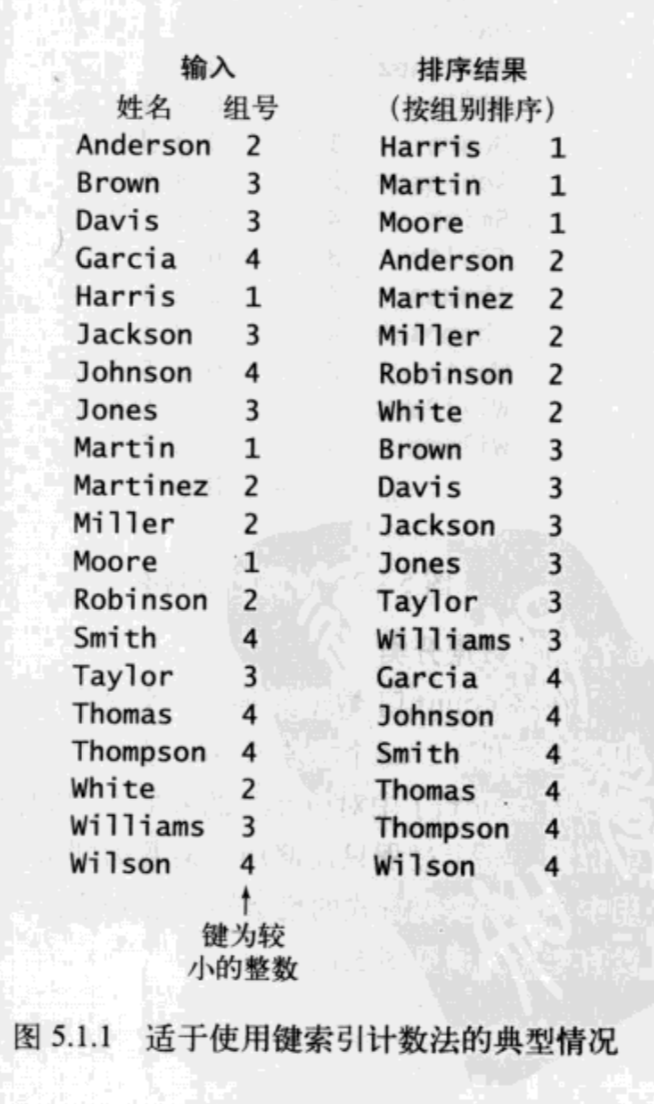概念
在许多排序应用中,决定顺序的键都是字符串,因此,对字符串的处理十分重要。
低位优先的字符串排序算法以及键索引计数法可以参考之前博客 算法练习_低位优先的字符串排序算法
高位优先的字符串排序算法
低位优先的字符串排序适用于定长字符串,而要实现一个通用的字符串排序(字符串长度不一定相同),需要从左向右地遍历字符串。
高位优先的字符串排序算法类似于快速排序,将数组按照首字母,切分为小数组,再递归地对小数组进行排序。排序过程依然遵循键索引计数法的四个步骤:
- 频率统计
- 将频率转换为索引
- 数据分类
- 回写
在遍历字符串的过程中,当索引超过了某字符串的末尾,则返回 -1 ,将返回结果 +1 ,得到非负整数。因此,使用 charAt 方法,返回值可能有 R+1 种不同的情况。加上键索引计数法本身需要的一个额外的位置,因此,计算频率的数组 count 大小为 R+2。
图解


代码实现
1 | public class MSD { |